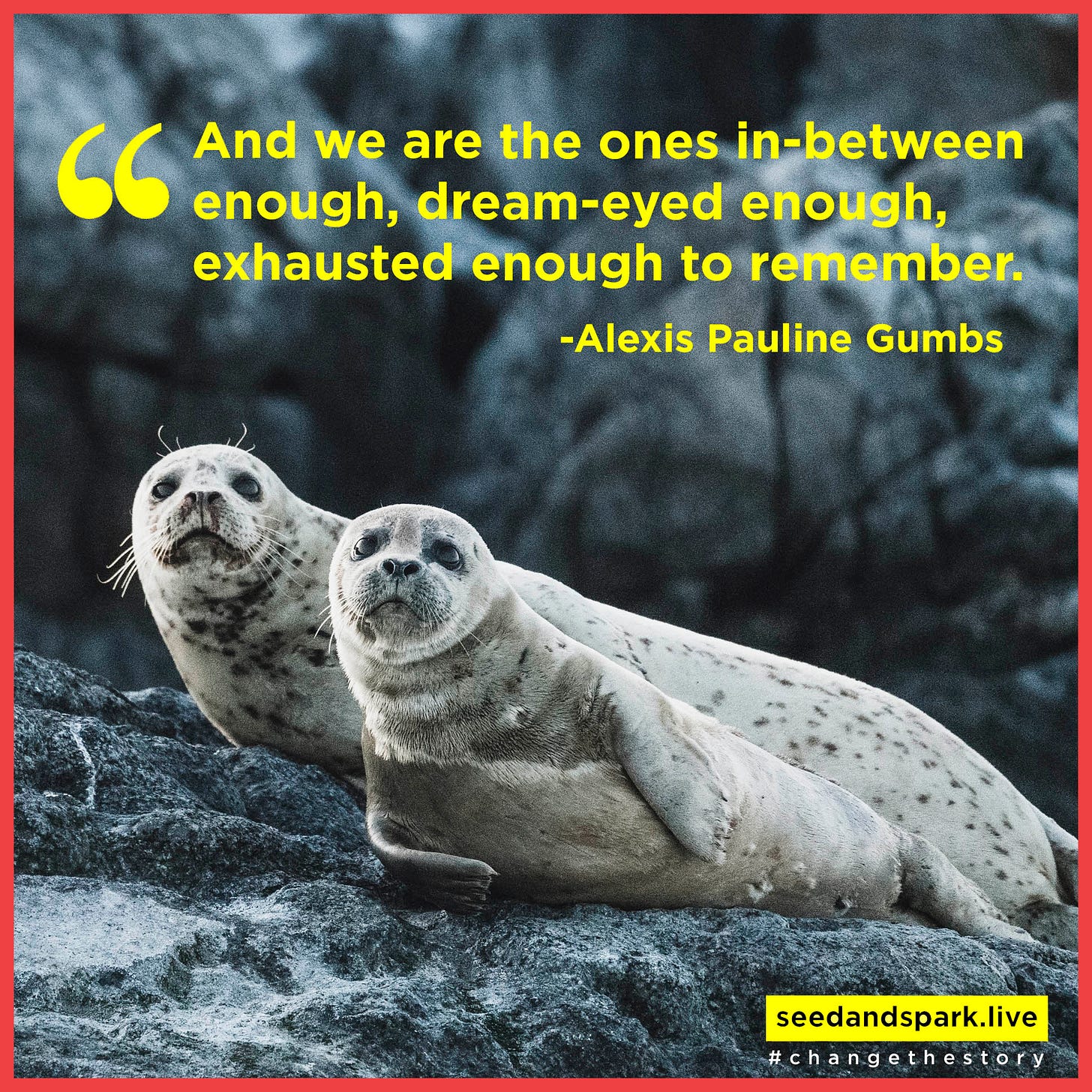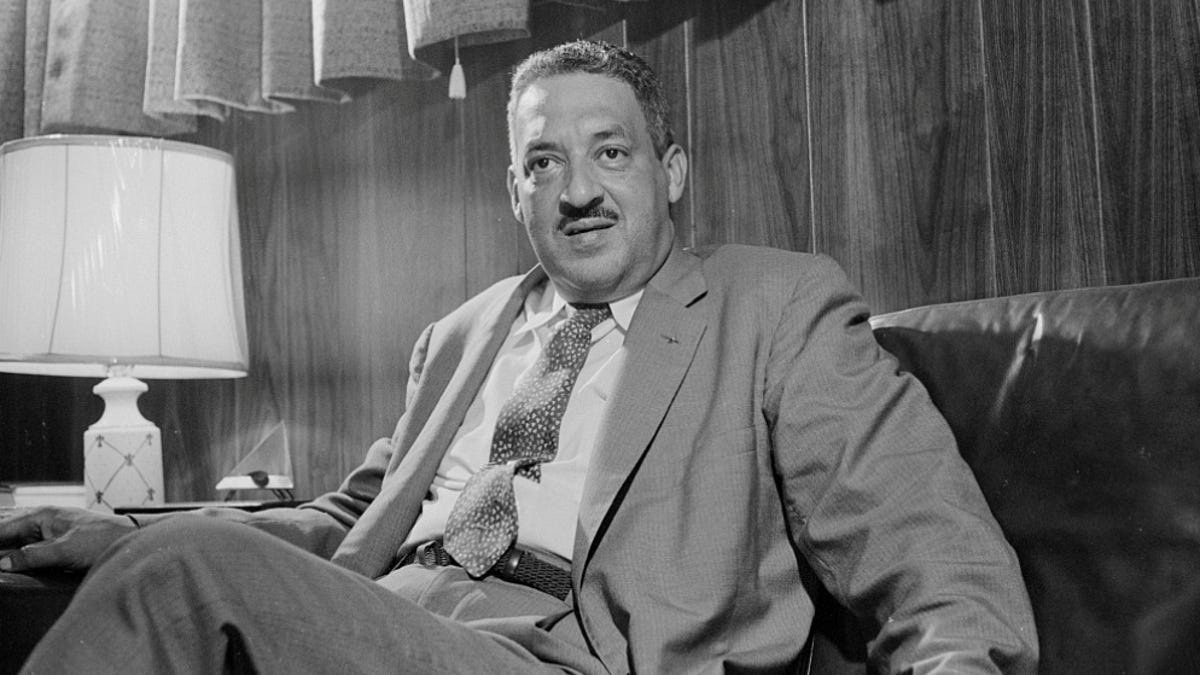Letters From the Future (of Learning): The Most Important Supreme Court Case You’ve Never Heard Of
We love to celebrate freedom of choice in the United States -- especially when it comes to where we send our children to school.
What people like to call school choice, however, is nothing more than school chance.
In cities across the country, increasing numbers of families are opting into the chaotic dance of the charter school waiting lists – or trying their hand at an out-of-boundary admission to a sought-after neighborhood school. In reality, though, what we like to celebrate as an enlightened era of self-determination is little more than a citywide game of craps.
Fifty years ago, yesterday (!!), we almost changed that irrevocably for the better -- in what is perhaps the most important, least known U.S. Supreme Court case in our history.
The case was San Antonio v. Rodriguez, and the issue was whether Texas’s method of funding its schools (via property taxes) constituted a violation of the Fourteenth Amendment’s Equal Protection Clause (No State shall make or enforce any law which shall abridge the privileges or immunities of citizens of the United States; nor shall any State deprive any person of life, liberty, or property, without due process of law; nor deny to any person within its jurisdiction the equal protection of the laws.).
Marshall and three of his colleagues on the Court believed that it was, meaning we came that close to overturning our country’s historic (and historically inequitable) way of funding public schools.
Think about that for a second.
What strikes me most, however, is what the five Justices in the majority said. “Though education is one of the most important services performed by the state,” they wrote – and even though the way we fund schools in America “can fairly be described as chaotic and unjust” – the promise of a more equitable system of schools “is not within the limited category of rights recognized by this Court as guaranteed by the Constitution.”
If it were, the majority conceded, “virtually every State will not pass muster.”
To Marshall, that was precisely the point: something as vital as a high-quality public education for every child should not be left to chance. “The Court concludes that public education is not constitutionally guaranteed,” he wrote, even though “no other state function is so uniformly recognized as an essential element of our society’s well being.”
Marshall understood that without equal access to a high-quality public education, democracy doesn’t work. “Education directly affects the ability of a child to exercise his First Amendment rights,” he explained. “Education prepares individuals to be self-reliant and self-sufficient participants in society. Both facets of this observation are suggestive of the substantial relationship which education bears to guarantees of our Constitution.”
Now while there’s nothing that can be done about the Court’s decision in 1973, there’s plenty that can be done in cities like yours and mine, where rapid changes in schooling and geographic diversity are making possible some new ways of thinking about how best to ensure that every child has the same opportunity to receive a high-quality public education.
In short, history has shown that when we let the goal of school quality be determined by the invisible hand of the market, our schools do not regress to the (positive) mean: they bunch at the poles.
School choice cannot, therefore, be left to chance; it will require simple sorting structures that are grounded in our founding values as a nation – liberty and equality – and that respond to the ever-present challenge that is as old as the country itself:
E Pluribus unum—out of many, one.

This blog post has been shared by permission from the author.
Readers wishing to comment on the content are encouraged to do so via the link to the original post.
Find the original post here:
The views expressed by the blogger are not necessarily those of NEPC.

